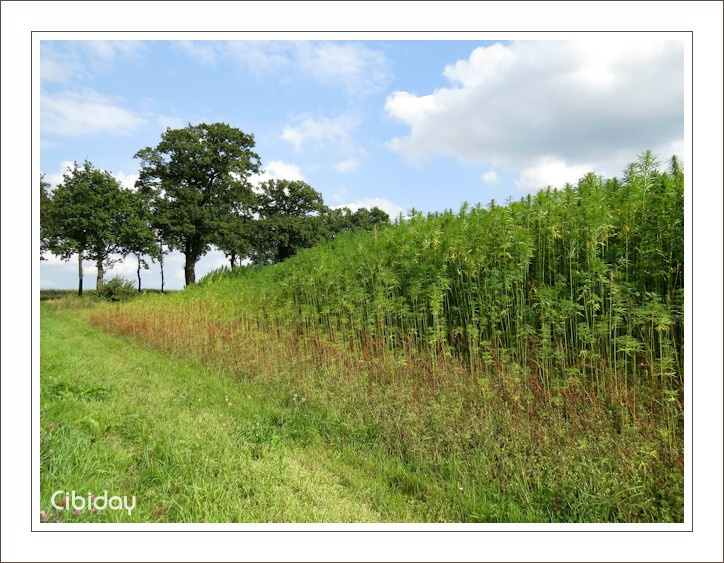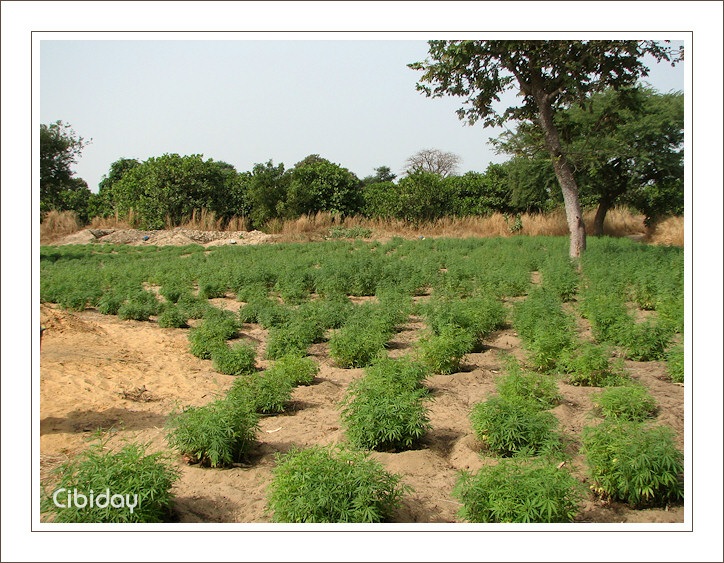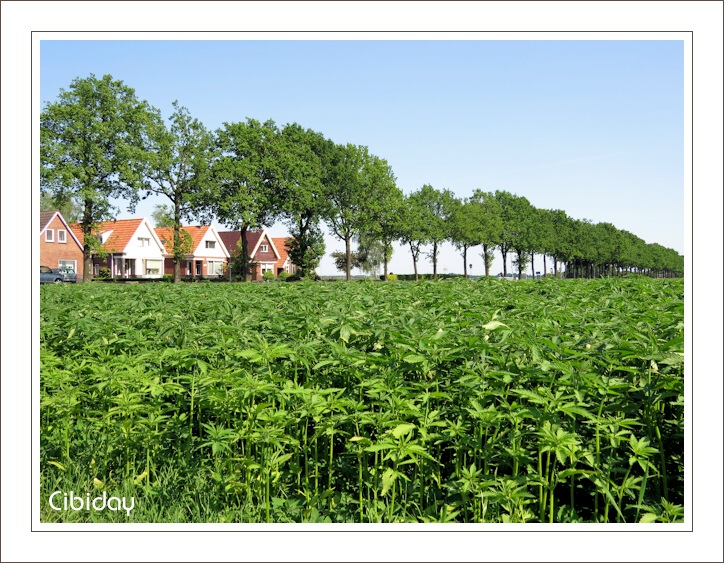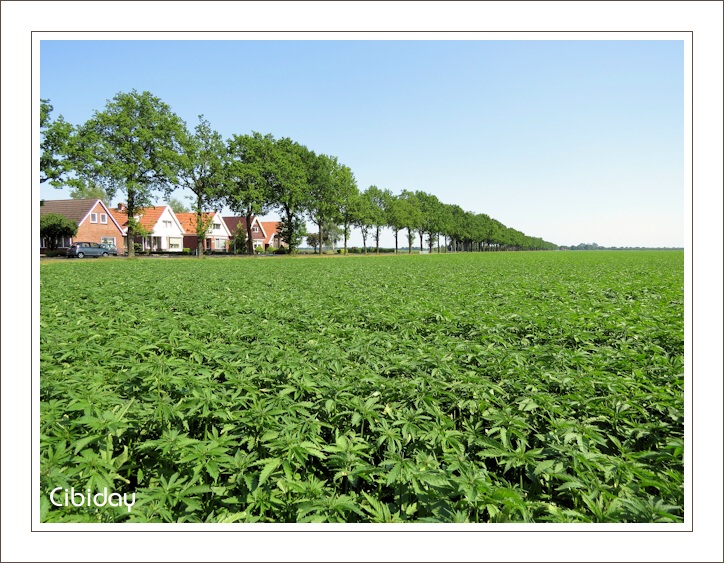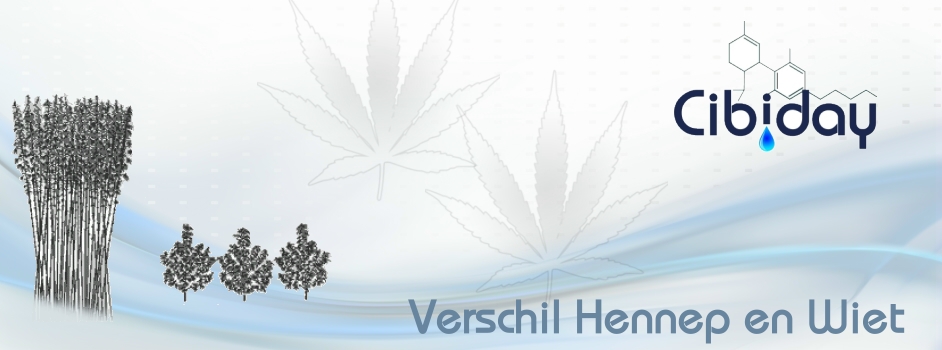
Difference between hemp and weed
Hemp and weed are plants which both belong to the same genus of the cannabis family (Cannabis Sativa L.), but enormously differ from each other. The biggest and best well-known difference between the two types of cannabis is the percentage of THC, the cannabinoid which is responsible for the psychedelic effect.
Because of this weed is mainly grown in order to obtain the largest possible concentrations of THC, while hemp with minimal percentages is primarily cultivated for industrial purposes. On the other hand hemp plants generally contain higher percentages of CBD which means nowadays they are often cultivated for the purpose of promoting well-being as well. Because of this the products manufactured from hemp also have the advantage that they do not cause the user to experience a stoned or high sensation.
List of differences
Besides this big difference in psychoactivity there are many more differences between the two types of cannabis plants. Below are the most important points in which hemp and weed differ from each other:
• Difference in psychoactivity
• Difference in cannabinoid dominance (THC and CBD)
• Different applications
• Different method of cultivation
• Difference in the amounts of trichomes
• Difference in the amounts of cannabinoids and terpenes
• Difference in smell
• Difference in stickiness
• Distinction in legality
• Difference in price
Many applications of hemp
Hemp has an incredible amount of applications due to the long, strong fibers and can be used for the manufacture of paper, rope and clothing amongst other things. Hempseed oil is obtained from the seeds and this oil could even be used to fuel cars.
Difference in methods of cultivation
Because of all these applications with hemp it is necessary to obtain as much fiber as possible or large amounts of seeds, while with weed the need for flower buds as large as possible is paramount. This is why fiber hemp is sown very close together, making them compete for sufficient sunlight and making them grow upwards.
Long fibers or large weed buds
The hemp plants are allowed to grow as high as possible, in order to get long and strong fibers and the closer together the plants are sown, the finer the fibers which are created. With weed however it is desirable to create room around the plant which will create lots of branching and ensure all buds will be able to receive as much light as possible.
It is therefore very easy to tell the difference between a hemp plantation and a weed plantation. Hemp seeds are sown close together because of this, as can be seen on the picture below of a hemp field in the Netherlands. The stems barely catch the light and this makes them long and straight without much branching.
Hemp plantation in the Netherlands
Weed seeds on the other hand are put in with wide spaces in between in order for the light to be able
to reach the whole plant. This means the plant can also grow sideways instead of just upwards, resulting in many side branches containing large, big buds. The picture below from a weed plantation in West-Africa clearly shows this difference in sowing method.
Weed plantation in West-Africa
In the picture of the weed plantation in Africa each bush is made up of a single plant which still has plenty of space to grow sideways. In the picture below of a hemp field in the Netherlands a dense canopy at the same plant height has already formed. From the top the sunlight is no longer able to get through. Each stem visible comes from a single plant.
Hemp field in the Netherlands
In addition to the fact that long stems are being created, there are more advantages of this method of dense sowing. Because the plants grow close together, the long, thin stems are also protected from snapping and falling over due to bad weather. On top of that because of the lack of light unwanted weeds do not get the chance to emerge on the botto
Hemp field in the Netherlands
Seed production
An important difference in growing hemp plants and weed plants is that weed growers definitely do not want to find seeds in the potent flower buds. The development of seeds in the female flower bud causes the plant to focus completely on seed production, which halts the growth of the buds, and the production of THC not to be increased much anymore. It is therefore common practice with weed growers to timely remove the male plants which cause pollination or to grow only female plants from clones or feminised seeds.
With hemp that is cultivated for the production of hempseed oil it is of great importance to obtain an as high as possible number of seeds. So here both the male as the female plants are of equal importance. These days much cultivation is done with monoceious hemp (from the greek for 'one house'). This means the plant forms both male as well as female flowers.
Smell and terpenes
Another big difference between hemp and weed is the smell. Weed has a strong, predominant scent which can be detected from some distance. Flowering hemp can also smell quite strong, but often much less strong and pervasive than weed, altough that too can differ for each strain or even for each plant on the same lot. This difference is due to the amount of terpenes which is present in the plants. For instance a weed plant contains much more of the aromatic substance myrcene than a hemp plant does.
Sticky resin glands
The more a weed plant develops and the more the buds will ripen, the stickier the plant becomes. This sticky effect is caused because the trichomes (resin glands in which amongst other things THC is produced) will continue to become ever more developed. This sticky effect is often called sticky icky. A hemp plant is sometimes also slightly sticky, but because hemps contains almost no THC-
crystals, this stickiness is many times less.
Hemp oil becoming more important Now that it is becoming increasingly clear that the ingredient CBD is of great benefit, hemp is gaining an ever more important place in our society. Although hemp may contain extremely low concentrations of THC, the percentage of cannabidiol is however often higher than in most weed strains.
The oil obtained from hemp has beneficial properties. This hemp oil, known as CBD-oil, is extracted from the stems, leaves and buds of the plants, but just like with weed, the buds often contain the most phytocannabinoids. This means with growing methods ever increasing attention will be paid to obtaining big, dense flower buds.
Hemp fields in the Netherlands
Hemp plants are legal
The last, but certainly not the least, important difference between both types of cannabis is that precisely because of the minimal concentration of THC, hemp has the advantage of being legal in most countries. Because of this manufacturers can make products which are rich in cannabidiol, which means everybody, both humans as well as animals and both young and old, can benefit from this beneficial cannabinoid.
Gedoogbeleid ('toleration policy') for marijuana
On the other hand in most countries weed rather is illegal and severe sentences are handed out for both cultivation as well as for usage. In the Netherlands it is officially illegal as well, but a toleration policy is practiced which means it is allowable to buy 5 grams in coffeeshops. Also the cultivation of 5 plants is allowed, if no professional gear is used and no trouble to the community is caused.


